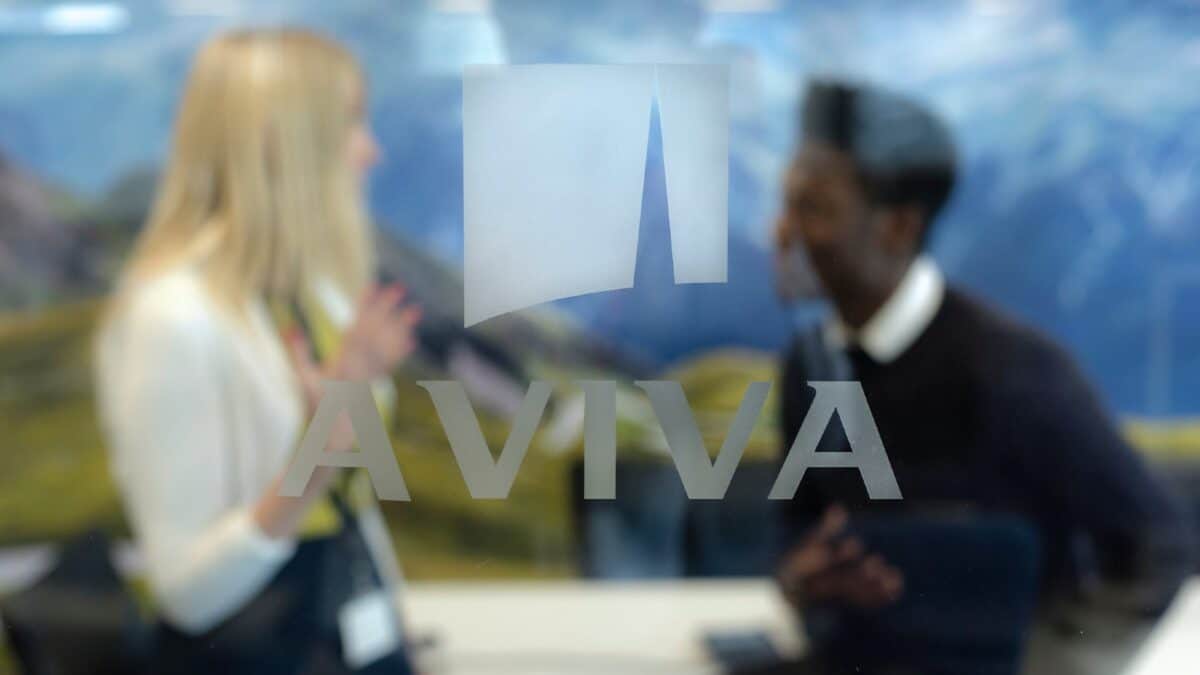Aviva (LSE: AV.) shares have fallen around 3% in 2023, underperforming the FTSE 100. But they’ve been creeping up lately, gaining about 15% in four months.
I recently became a shareholder, lured in by the juicy forward dividend yield of 8% for 2024. It’s not a large holding (yet). But if I wanted to target £100 a month in passive income, how many Aviva shares would I need exactly?
Investing for dividends
As I type, the shares are currently changing hands for 432p each. Assuming next year’s forecast yield of 8%’s met, which isn’t guaranteed, I’d need to buy 3,470 shares to earn £100 in monthly passive income.
Those would set me back about £14,990. That’s a hefty sum of money to invest in a single company, especially as dividends aren’t certain to be paid. I don’t currently have £15k in the stock.
Having said that, I’m committed to increasing my holding. I think there are many things to like here.
Streamlining operations
First, I’m impressed with the turnaround CEO Amanda Blanc has been enacting. This has involved expanding and prioritising its capital-light businesses. These tend to generate profits without significant upfront expenditures on physical assets or infrastructure (asset management, for example).
Part of this strategy has involved selling off multiple international businesses, thereby narrowing its focus and geographic presence.
It left many EU markets a couple of years ago. And the latest overseas disposal was in Singapore, where it exited a joint venture and netted £800m in the process.
Its core markets today are the UK, Ireland and Canada.
Booming private health
In the third quarter, Aviva’s gross written premium (GWP) rose 13% year on year to £8bn (in constant currency).
Its workplace pensions business performed well, attracting over 350 new corporate customers. But the standout area was health, with sales surging 56% as people sign up for private cover amid record NHS backlogs.
In fact, there are now around 7.7m in England on NHS waiting lists for specialist clinical care or surgery. That’s the sort of thing that will take many years to clear, meaning more people are likely to go private, either directly or through their employer. This should benefit Aviva.
On this area, Blanc has said: “We see this as being really broad-ranging and there are just literally opportunities everywhere.”
For the full year, the insurer expects 5-7% growth in operating profit.
One concern is a UK recession in 2024, a prospect which has reared its head again lately. An economic downturn could force people and businesses to cut back on discretionary insurance. It’s a worry, at least in the short term.
I’m still bullish
The stock currently trades on a forward price-to-earnings (P/E) ratio of 11.5. That’s about in line with the FTSE 100 average, which indicates that the shares aren’t expensive.
Looking ahead, Aviva’s CEO is bullish: “I am extremely confident that Aviva will continue to deliver more for shareholders, and we reiterate our guidance for a total dividend of 33.4p for 2023, and further regular and sustainable returns of surplus capital.”
I like that upbeat commentary, I have to say, and I think investors should consider taking a look at Aviva shares for passive income.








